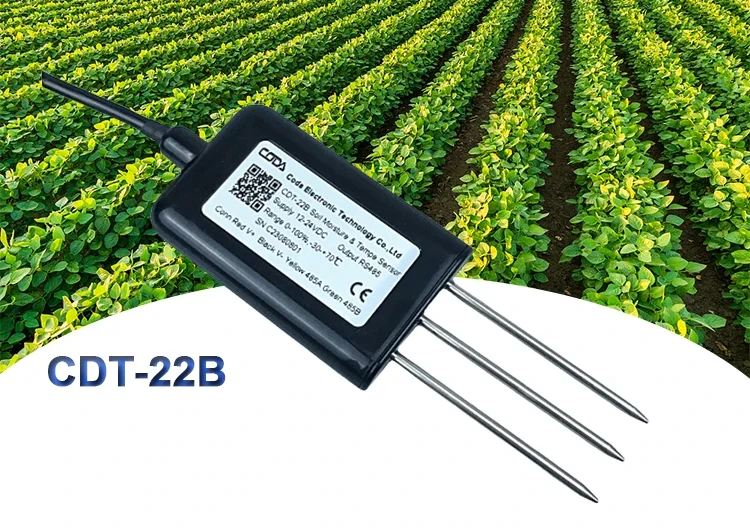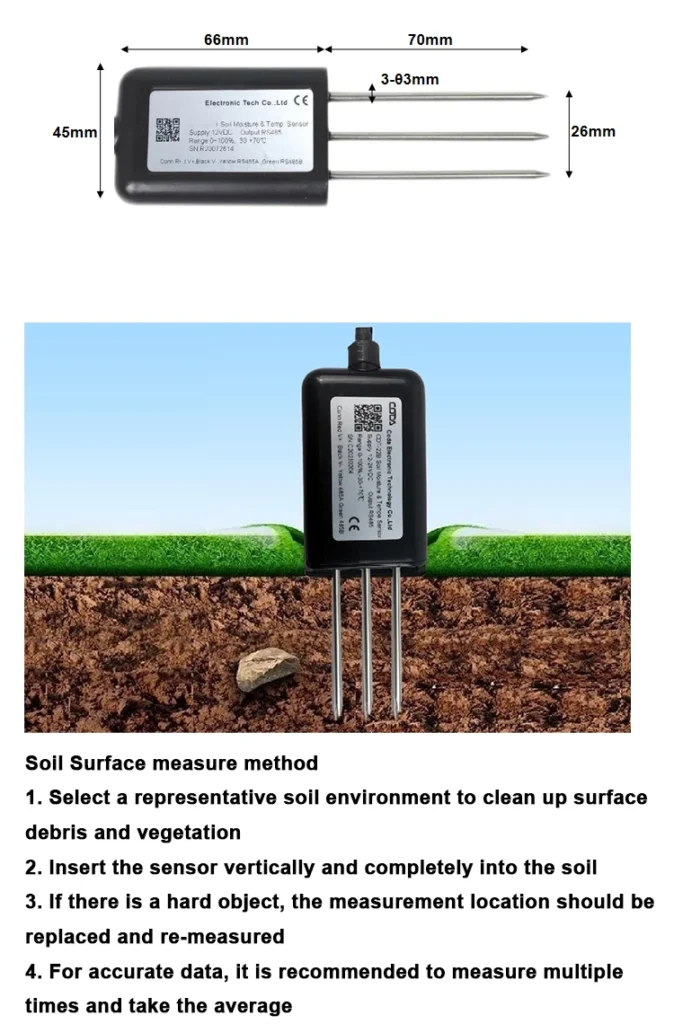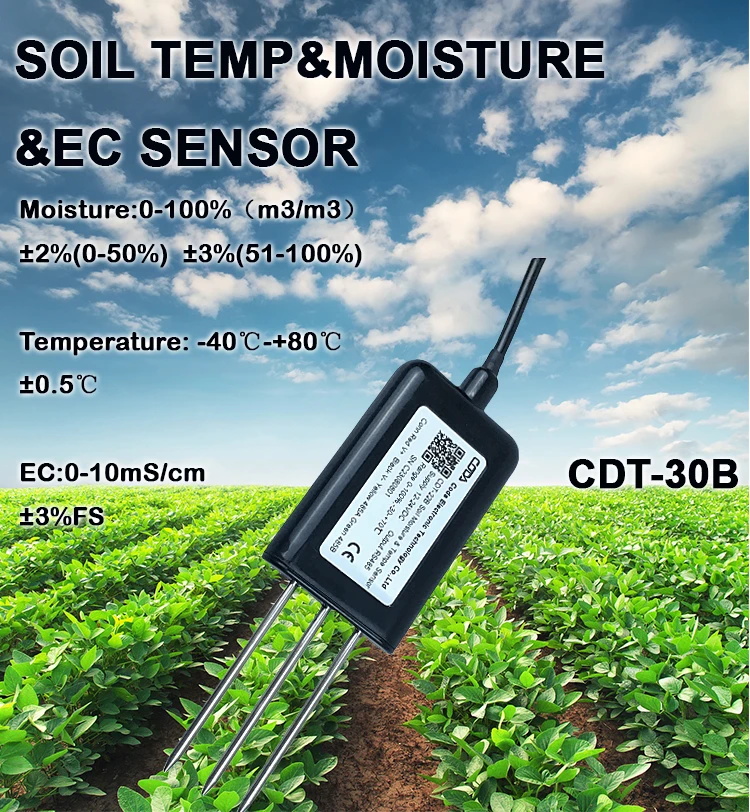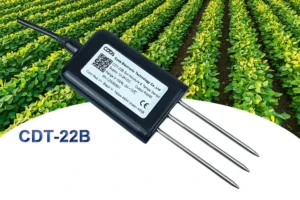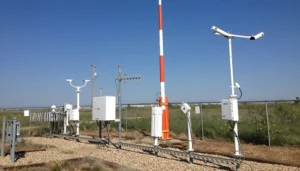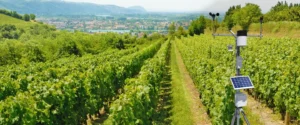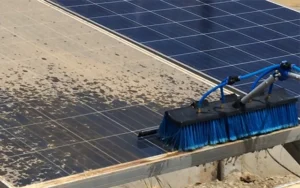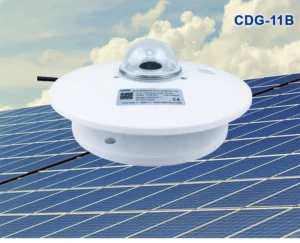Understanding units of soil moisture
The phrase “units of soil moisture” refers to the standard used by soil moisture sensors. These sensors measure how much moisture is in the soil. Different sensors may use different units. This depends on the kind of sensor and how it is meant to be used.
Soil moisture sensors are important tools for checking how much water is in the soil. Their readings can be shown in different units. This depends on the design of the sensor, how it measures, and where it is used. Here are some common units used to measure soil moisture content and their meanings:
1. Percentage (%):
This unit uses an easy method. It shows how much water is in the soil as a percentage. A reading of 30% means that 30% of the soil is made up of water.
2. Volumetric moisture content (m³/m³ or cm³/cm³):
It shows how much water is in the soil for each cubic meter or centimeter. For example, 0.2 m³/m³ means there are 0.2 cubic meters of water in each cubic meter of soil.
3. Moisture level by mass (g/g or kg/kg):
This measurement shows how much water is in the soil. For example, 0.2 g/g means there are 0.2 grams of water for each gram of soil.
4.Water potential (kPa):
The energy status of water in the soil is important. We measure it in kilopascals (kPa). Lower values mean that soil water tension is easier for plants to take up.
5. Resistance value (Ω or kΩ):
Sometimes, sensors measure moisture by looking at changes in electrical resistance. More moisture means lower resistance. This helps us figure out moisture levels.
6. Dielectric constant (ε):
Sensors like frequency domain reflectometry (FDR) measure the dielectric constant. This is a key feature related to moisture content. A higher dielectric constant usually means there is more water in the soil.
7. Time Domain Reflectometry (TDR) pulse propagation time:
TDR techniques measure moisture in soil by using the speed of electromagnetic waves. While it is not a direct measurement, studying how these waves travel helps us find out the moisture content.
8. Volumetric water content (VWC):
People often show water volume in soil texture as a percentage. For example, a 20% VWC is often used in farming and research.
9. Electrical conductivity (EC):
EC is measured in microsiemens for each centimeter (μS/cm). It shows how well soil can conduct electricity. This affects moisture and salt levels.
These units are very useful in farming and environmental field capacity. They show how wet the soil is. This information helps farmers and researchers plan irrigation schedules.
It also helps them manage fertilization by looking at moisture levels. This helps with other soil management choices too.
Example:
Soil moisture measurement sensor probes measure the amount of water in the soil. We show this as a percentage of water in the soil by volume (%V/V) or in cubic meters (m³). A sensor reading of 30% means there are 0.3 cubic meters of water in each cubic meter of soil.
Choosing the right measurement unit depends on what you need and prefer. For farming and environmental checks, volumetric water content (VWC) is the best choice. It shows how much water plants can use.
Some research or engineering tasks may use different units. These include soil water potential (kPa) or resistance value (Ω/kΩ).
